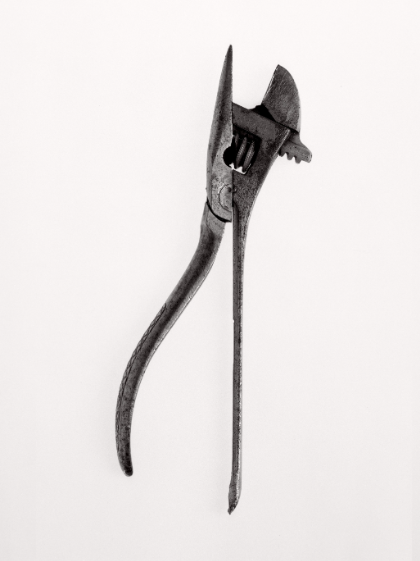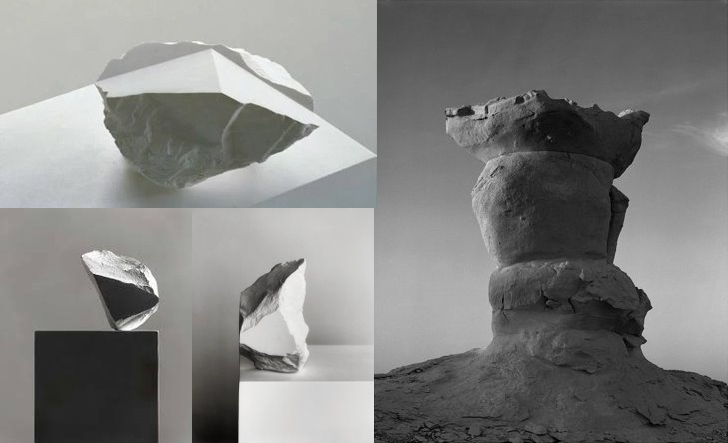Walker Evans
American, 1903–1975
Walker Evans was an American photographer and photojournalist best known for his work for the Farm Security Administration documenting the effects of the Great Depression.

He document the authentic, ordinary, and transitory details that he now saw in his homeland. Evans was among the first documentary photographers to display his work in the context of beautifully bound and expensively designed books.
Some of his most notable photos are from his project ‘Beauties of the Common Tool’
“Among low-priced, factory-produced goos, none is so appealing to the senses as the ordinary hand tool. Hence, a hardware store is a kind of offbeat museum show for the man who responds to good, clear ‘undesigned’ forms.”
– Walker Evans
The objects are framed in the middle photos with a lot of negative space. Without any context. so we appreciate them in their own right. he uses different shades of grey so that the whole focus is on the objects.

– Walker Evans
Untitled 1928
Dimensions2 1/2 × 1 9/16″ (6.3 × 4 cm)
His work – analysis
– There is a warm white light on the right side of the photo.
- there is a lot of harsh lines and squares although those lines are complimented by the curve of the building
- all these lines have geometric qualities making me believe it is man made
- the darkness creeping in on each corner gives a dramatic effect.
- the windows are the only object we can see the whole of this shows how he may have been zoomed in or close to the building this also leaves us not knowing how big the building is.
- the curved left side of the building has many rectangles going up on the side like a harmonica and as the building gets higher the rectangles are getting smaller like the pitch in the music higher.
- The image also has many tones from very dark to very light. There are deep shadows but also mid tones. The photograph is monochrome but has a brownish old sort of tint.
Darren Harvey-Regan
united kingdom 1974
Harvey-Regan finds photography that photographs objects – whilst in itself being an object – interesting as a concept. “It’s a means of transposing material into other material, adding new meaning or thoughts in the process. I think photographing materials is a way to consider the means of creating meaning, and it’s a tactile process with which I feel involved. Touching and moving and making are my engagement with the world and my art”.

Darren Harvey-Regan saw the ‘beauties in the common tool’ and played on a similar concept translation and representation, but he took it a step further and reversed the usual directions on the photographs. He hybridised objects in reality, by buying, deconstructing, and reconstructing actual tools. he was also different because he was beginning with an image, then creating the object, before re-photographing it to complete his peculiar new photographs.

Darren Harvey-Reagen
The Erratics – analysis

- there are many harsh lines.
- dark geometric shapes.
- grey background to emphasises the black and white
- the darkness creates emphasis on the objects.
In geology, “erratic” refers to a rock that differs from its original environment because it was carried and deposited there by a long-gone glacier. Similarly, in his latest series, Darren Harvey-Regan deploys both photography and physical action to lift something out of context, playing with overlapping exposures and processes.

Make sure you are analysing Walker Evans’ single object photos (the beauty of the common tool). Use the internet to help you analyse these deeply. What is the main focus of the photo? Why? How is the object framed? Is there negative space? What colours are used and what effect do they have? What is he trying to achieve with his photos?
Then make sure you analyse the photos that Darren Harvey-Regan produced in response to Walker Evans (he took Walker Evans’ photos and created his own photo montages from them).